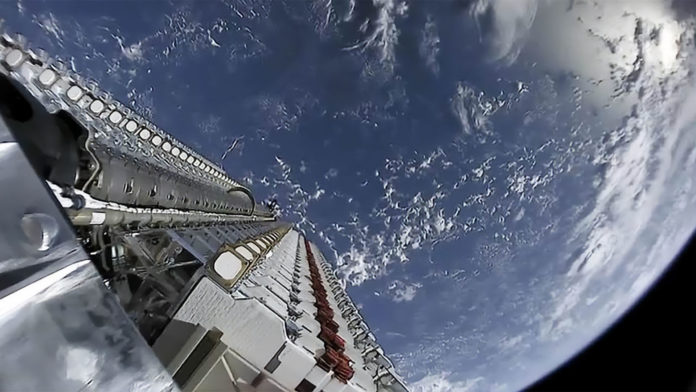By: Nick Gambino
Elon Musk announced that his Starlink network will start beaming broadband internet to the world (sans the polar regions) by August of this year.
SpaceX has launched over 1,700 satellites into low-altitude orbit and has set up operations in about a dozen countries with more coming soon. The thing is, it’s not cheap, so Musk’s top priority is not losing it all on the gamble. He estimates that the company will spend somewhere between $5 billion and $10 billion to implement the worldwide internet plan.
“Our goal is not to go bankrupt,” Musk said at the Mobile World Congress. “Step number 1 for Starlink is don’t go bankrupt. If we succeed in not going bankrupt, then that’ll be great and we can move on from there.”
One of the ways they are losing money is by selling the hardware to customers at half the price it costs to build them. It costs SpaceX somewhere around $1,300 for the hardware, but they’re only charging their customers $499. This is in line with trying to make it more accessible but obviously is not sustainable long term.
Musk intends to bring the build price on devices down to around $250 or $300. That’ll make it cost-effective while still considering the customer.
The Tesla and SpaceX CEO expects more than 500,000 users to sign up for Starlink in the coming year. Currently, they’re standing at about 70,000 active users which is nearly 7 times what it was in February.
Unlike other broadband internet providers, SpaceX has the express purpose of providing internet to those without access. It’s not meant for everyone, Musk says. He wants it available to 3% – 5% of the world population without internet.
“It’s really about getting to parts of the world that are the hardest to reach, the most difficult to reach,” Musk said at MWC. “It’s really a nice complement to fiber and 5G.” Similar to fiber and 5G, they’re working to get latency under 20 milliseconds.
If all goes to plan, we should see the global launch of Starlink by August.










